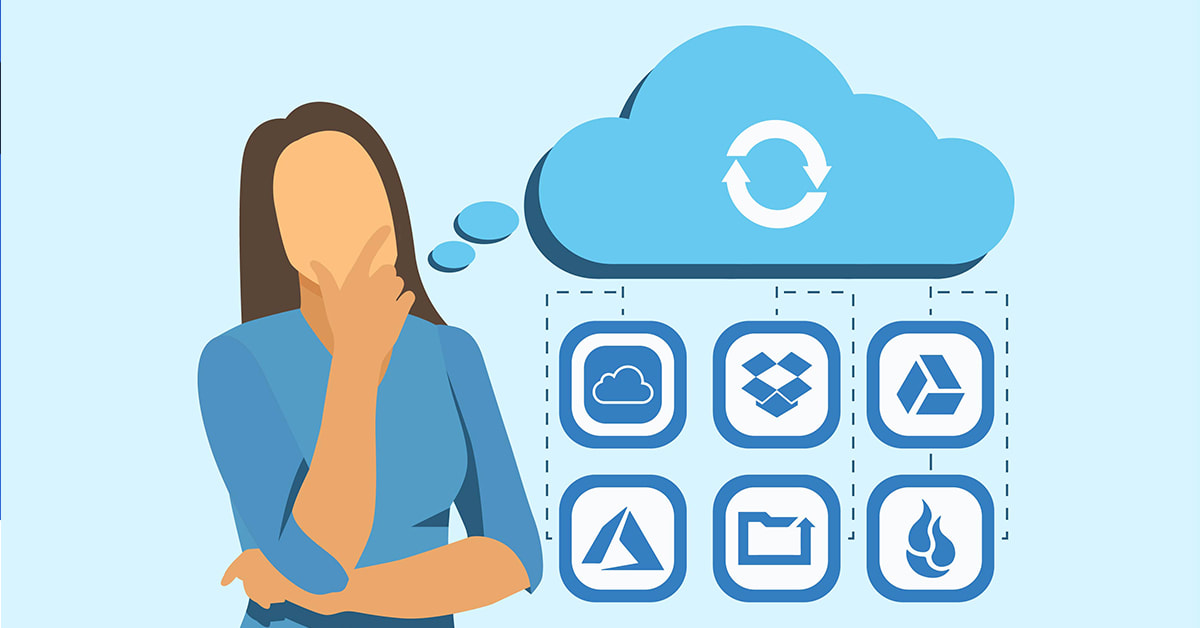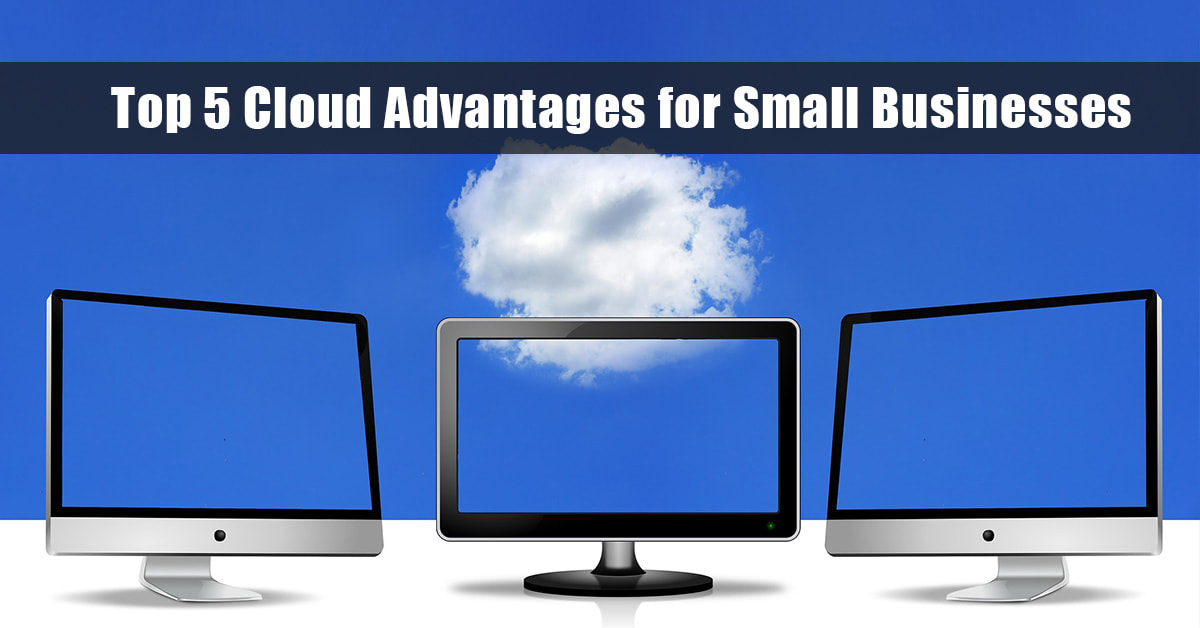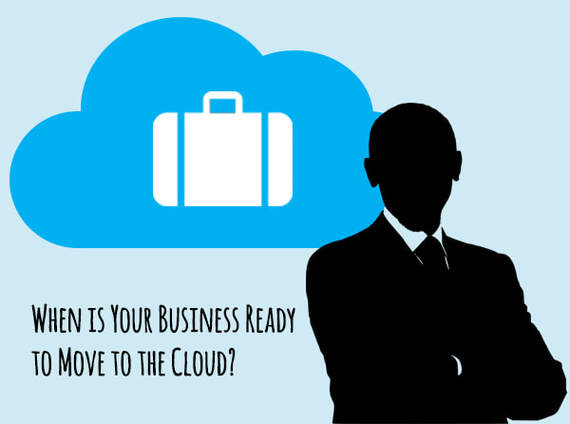|
March 31 was World Backup day and it’s a great time to put a backup in place. Businesses are losing huge amounts of data every day, purely because ‘backing up’ is stuck at the bottom of their to-do list. So this is your reminder, that even if you only do this once a year when the calendar tells you to, it’s time to flip that to-do list and make it happen! But how? What’s the easiest, most effective way for your business to backup?
You've probably heard of file backup by a number of names: Cloud Sync, Cloud Backup or Cloud Storage. They’re all similar enough to be confusing and meaningless enough to be anything. Here’s what they mean and which one you need today. Cloud Sync Google Drive, Dropbox, iCloud, etc are services that sync up with a single folder on your computer. They mirror it. When a file changes in one, the sync service rushes to change it on your computer too, so they are always the same. Cloud Sync services are hugely flexible for remote employees, or even those squeezing in a few quick tasks while riding the train to work. They’re ridiculously easy to use, require no training, and the free tiers are enough for most individuals. This all sounds amazing, right? Except...when things go wrong, they go wrong big time. Accidentally deleting a file means it disappears from the Cloud Sync drive - almost immediately. Overwriting a file does the same thing, and if an employee makes edits to the wrong file, then those edits are there to stay. If disaster strikes and your local copy becomes corrupted (or ransomed), well you guessed it, the corruption is uploaded too. While some Cloud Sync services now offer a 30 day backup option, you may not notice the file was missing within this time. Cloud Sync services are fantastic for productivity and accessing files on the go, but they simply can’t be relied on as your backup tech. Cloud Storage Amazon S3, Microsoft Azure, etc are massive buildings full of storage drives that work just like your local hard drive, except you access them securely via the internet. In fact, when you use a cloud sync app like Dropbox, they’re actually sending your data to one of these locations. While the sync services have a constant back and forth connection between the storage center and your folder, and as explained above aren’t good for backup, you have another option. You can access cloud storage on a per/GB basis yourself and upload your entire backup as desired. It won’t update with changes on your local network, but it will be safe from disaster. When you need to retrieve a file, you simply login and download it. Your backed up data is secure, protected against disaster, and always available to you. However, because it relies on you/your employee to handle the backup plan and manually take care of the uploads, this is a high-risk solution. Unless your employee is scouring your network each day/week/month for changes to files and uploading them with fervent dedication, chances are this plan won’t work. We recommend an automated or outsourced solution so you can get on with business AND be protected. Cloud Backup Carbonite, Backblaze backup, Crashplan, etc might not be names you’ve heard before, but they work in the background to monitor changes to files on your computer or network and make sure you’re backed up. You can roll back individual files or whole drives, and even select from earlier backups, not just one. Like sync services, they use cloud storage centers with extra-high security and redundancy so that your data is always there when you need it. Even better, neither you nor your employees need to worry about when it was last done. The One You Need Let’s take a moment to talk planning. We recommend starting with the 3-2-1 strategy. This means having 3 copies in total, 2 of them locally such as on your computer and an external drive, and another offsite in the cloud. Using this strategy keeps your business operating when data disasters occur and is an investment in your uptime. We can help get you set up with the 3-2-1 method, including selecting the best cloud service for your needs. If you’re looking for a more scalable, cost-effective solution that gives the utmost peace of mind, ask about our managed backups service. Need help with your backup? 3-2-1... Call us at 262-515-9499! Cloud technology has created a revolution for small business, changing the way you store, share and backup files. While ‘the cloud’ is often hard to understand because it’s neither in the sky or in a single location, there’s no arguing that it’s driving growth across the board. Storage concerns are a thing of the past as small businesses like yours embrace the flexibility, cost savings and protections of cloud solutions. We’ve done the research for you and identified 5 ways small business in particular benefits from making the move.
It’s Cheaper Budget is always a limiting factor for businesses, many of which are further constrained by pressure from higher up. Some regard investing in cloud solutions as a large expense that can be put off indefinitely. In most cases though, making the switch to cloud storage costs a fraction of the price. Compared to maintaining and powering servers, scaling to keep up, and repairing in emergencies, cloud storage offers extraordinary savings. With one decision, you get access to high-end infrastructure and dedicated support, plus a healthier bottom line. Cloud solutions were specifically created to meet your needs, which means you only pay for what you use. Costs remain capped while the benefits continue to rise, a clear advantage for the budget-conscious business. It’s Secure A lot of people like having their data where they can see it. But that’s not always the safest option. Natural disasters seem more frequent than ever, break-ins are a worry, and employees are always losing laptops and phones, or have them stolen. More often though, someone simply makes a mistake and deletes important files, or accidentally infects the system with malware. Cloud storage mitigates every single one of these risks, with storage in ultra-secure locations, protected against disasters, and committed to robust backup systems. In recent times particularly, we’ve seen many small businesses survive ransomware attacks purely because their critical data was secure in the cloud with clean backups available. It’s Compliant We know medical businesses and services need to follow certain regulations when it comes to patient data. This includes security as well as data integrity, plus backups and auditing. Many cloud providers acknowledged this need early on and made sure to offer compliance guarantees. They therefore keep abreast of changing regulations, often implementing new requirements before you’ve even heard about them. With cloud storage systems, you essentially slash your compliance workload and let your provider do the worrying. It’s Portable One of the key benefits of cloud storage is your ability to collaborate remotely. In the past, this would have involved multiple file copies that need to be merged back together, often confusing employees as to which is the ‘right’ file. With cloud storage, your staff can work on the same file, using the same interface and real-time updates. Even having different versions of software is no longer an issue. Employees can work on a file in the office and then securely access the same file from their smartphone, laptop or other location, without needing to buy additional software or worry about version corruption. Sharing and collaborating becomes easier, more desirable and more secure, which helps puts your business firmly on track to reach goals in record time. It’s Easy to Migrate One of the biggest concerns we hear is that it will be too disruptive to migrate to cloud solutions all at once. That’s okay. We don’t have to do it all in one day, we can migrate it in parts. For example, you can move your email to the cloud, or just remote file storage. As your various servers and systems age out or need repair, we can help you move each to the cloud, which means your downtime is minimal to non-existent. You can also actively choose a hybrid approach to keep your legacy applications, with no pressure to move them to the cloud. Our technicians can help ensure smooth integration across your entire business, making sure all your systems work seamlessly together, whether in-house or in the cloud. Talk to us about your cloud options by calling us at 262-515-9499. There has been a ton of talk about the cloud. Cloud this, cloud that. But what actually IS the cloud? It’s okay if you don’t know, most people don’t understand it and even some tech people tend to wave their hands towards the sky when trying to explain it!
Since it actually has nothing to do with the white fluffy things in the sky, let’s lay it all out: Cloud computing is about storing and retrieving your data (personal or business) within your own piece of the internet. It’s so you can access it from anywhere, just like you do a web page, and it won’t matter if your office is closed and you’re squeezing in a little work on your phone at midnight. Everything will be saved and ready to pick up when you get back to your desk. Colleagues in different locations can even collaborate on documents in real time. If that all sounds a bit futuristic, think about how an email service like Gmail works. None of your emails are actually being stored on your hard drive or device, they’re stored on the Gmail server and you can access them anytime you like. Your read/send/receive changes are applied instantly, remembered for next time you log in. This is a form of cloud computing. So is Netflix, where you can stream movies and TV shows on demand. All the video is actually stored on a computer somewhere else in the world and sent to your device in tiny pieces as you watch it. Netflix remembers what you watched, where you got up to, and even if you’re hopping immediately from one device to another, it still has it all ready to go. Where is ‘cloud’ data stored? Good question. And it’s why the term ‘cloud’ causes so much confusion. The data absolutely must be physically stored somewhere. Companies who offer cloud storage have huge warehouses dedicated to holding servers whose sole job is to send and receive data all day. And by huge, we mean HUGE. You could get lost walking the rows of servers, just box after box for what seems like forever. The biggest server farms or ‘cloud campuses’ are still growing, but to give you an idea: they can be upwards of 1million square feet. It’s big business, literally. In terms of location, the US and UK are popular server farm locations, but the company could also have copies of your data stored elsewhere in the world. This is so they can fulfill their redundancy guarantees – if disaster hits one location, the other still has a copy. Having additional locations and copies also increases the speed of access. With some companies, you can choose your preferred location so that data doesn’t have to travel quite as far across the world, increasing speed even further, which of course, saves time and money. Collaboration, security, redundancy, AND savings? We’d call that a win. Ready to take advantage of cloud computing? Give us a call at 262-515-9499. By now you know that the cloud isn’t going away any time soon. In fact, cloud computing has become a natural step in business growth, thanks to the numerous (and continually growing) benefits. More and more applications are coming out in web-based form and staff are exceptionally comfortable with this type of change. So when is the right time to move your business computing to the cloud?
Many businesses are facing this question now that cloud computing has become a mainstream norm. After all, you’ll be able to roll out new apps in days, not weeks, and nobody ever says ‘no thanks’ to increased security and efficiency. Like any strategic business decision though, timing is everything. Here’s how to assess your need before you make the switch: 1. Age of servers and workstations If your workstations and servers are reaching their end of life and a large capital investment is coming up, you’ll be able to minimize the expense by moving to the cloud. You may even be able to skip certain upgrades completely. Your staff will still need devices to access the cloud data, but you’ll have a lot more flexibility in your choice and they won’t need to be as powerful. This can be a huge cost saving made in just moments. 2. Need for remote and mobile access Many businesses are growing while on the move, with a mobile workforce needing to access files from anywhere at any time. This could range from moving around the one location, between offices or even working from home. Forget frustrating connections and lost productivity, cloud computing allows staff to work securely and efficiently from any location with internet access. 3. Current support setup If your business currently outsources all your network management, you’re perfectly suited for the move to cloud computing. Network maintenance and monitoring becomes a non-issue, handled 24/7 as part of your cloud service. Network efficiency just keeps rising too, as your cloud provider is always improving their systems. You’ll find problems are fixed before you knew they existed, and server downtime becomes a thing of the past. 4. Need for predictable IT costs If it feels like IT costs can spiral out of control at times, challenging your budget and patience, cloud computing will seem like a dream come true. When you make this shift, you’re moving from a capital expense to an operational one – server and system replacements are no longer your concern. You’ll be able to budget for IT costs in advance, knowing no blowouts are hiding around the corner. Monthly costs are known and (usually) capped based on what you use, leaving your cash flow much relieved. Today’s cloud computing is more advanced, secure and priced more competitively than ever before. At its core, cloud computing is purely about doing things better, and it can have a massive impact on your profits, productivity and even staff satisfaction rates. If your business requires a robust, always available infrastructure with easy monthly costs, it’s time to take a serious look at your cloud computing options. We offer a variety of cloud services to help your business. Give us a call at 262-515-9499 to discuss how we can improve your Business IT.
|
Tech Force BlogWe provide you with important, practical tips and insight for your technology and networks for both home and business. Archives
March 2024
Categories
All
|
Get in touch with us! |
See what our clients have to say...
Very pleased with Tech Force! We've been using Tech Force for over four years now. We've had a lot of different people do computer and IT stuff for us, but Tech Force is the first to come in and implement a plan. The plan was executed and we've had no problems. |
More Client Reviews
Read Our Customer Reviews |
We service Racine, Mount Pleasant, Sturtevant, Wind Point, Union Grove, Elmwood Park, Franksville, Caledonia, Kenosha, Somers, Pleasant Prairie, Bristol, Parkside, Oak Creek and Franklin, WI and surrounding areas. Copyright © 2009-2024 Tech Force Computer Service, LLC.






 RSS Feed
RSS Feed
